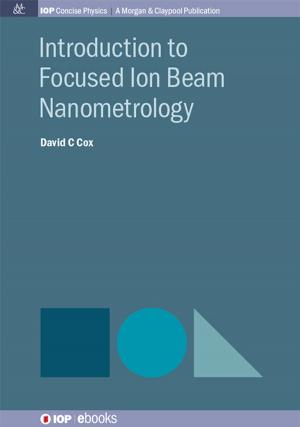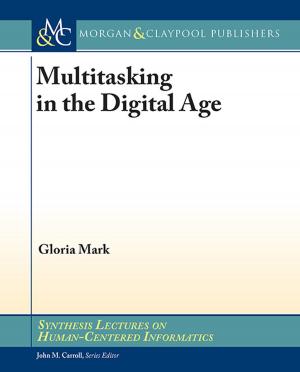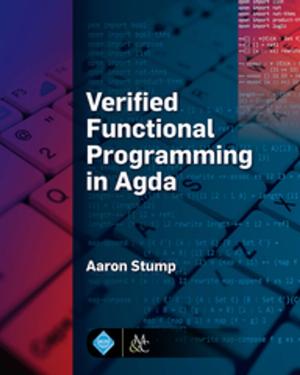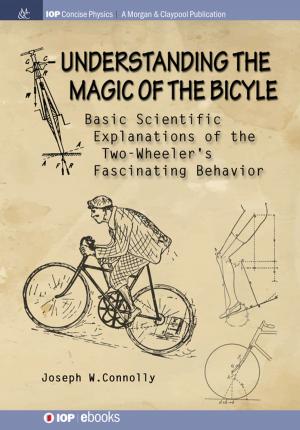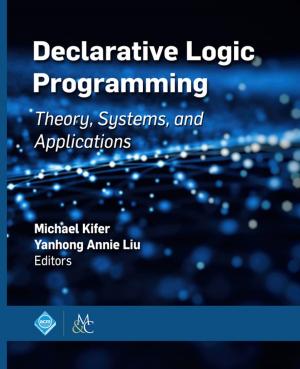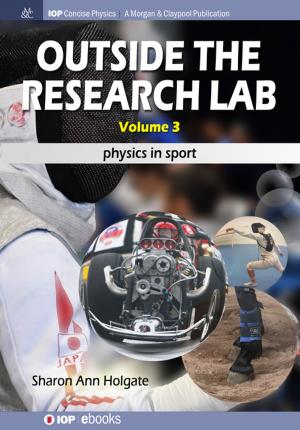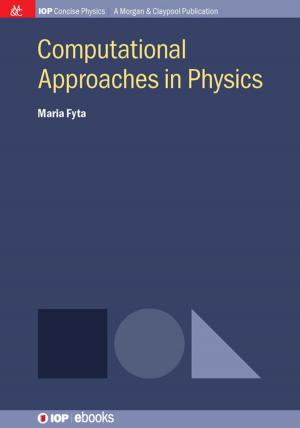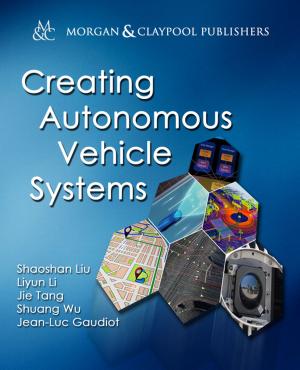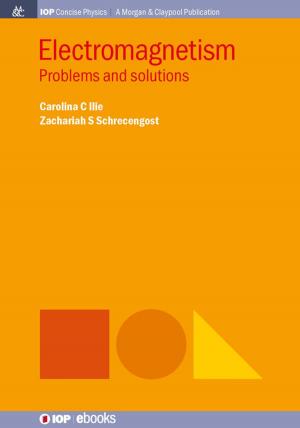What's the Matter with Waves?
An Introduction to Techniques and Applications of Quantum Mechanics
Nonfiction, Science & Nature, Science, Physics, Waves & Wave Mechanics, Quantum Theory, General Physics| Author: | William Parkinson | ISBN: | 9781681745787 |
| Publisher: | Morgan & Claypool Publishers | Publication: | April 6, 2018 |
| Imprint: | IOP Concise Physics | Language: | English |
| Author: | William Parkinson |
| ISBN: | 9781681745787 |
| Publisher: | Morgan & Claypool Publishers |
| Publication: | April 6, 2018 |
| Imprint: | IOP Concise Physics |
| Language: | English |
Like rocket science or brain surgery, quantum mechanics is pigeonholed as a daunting and inaccessible topic, which is best left to an elite or peculiar few. This classification was not earned without some degree of merit. Depending on perspective; quantum mechanics is a discipline or philosophy, a convention or conundrum, an answer or question. Authors have run the gamut from hand waving to heavy handed in hopes to dispel the common beliefs about quantum mechanics, but perhaps they continue to promulgate the stigma.
The focus of this particular effort is to give the reader an introduction, if not at least an appreciation, of the role that linear algebra techniques play in the practical application of quantum mechanical methods. It interlaces aspects of the classical and quantum picture, including a number of both worked and parallel applications. Students with no prior experience in quantum mechanics, motivated graduate students, or researchers in other areas attempting to gain some introduction to quantum theory will find particular interest in this book.
Like rocket science or brain surgery, quantum mechanics is pigeonholed as a daunting and inaccessible topic, which is best left to an elite or peculiar few. This classification was not earned without some degree of merit. Depending on perspective; quantum mechanics is a discipline or philosophy, a convention or conundrum, an answer or question. Authors have run the gamut from hand waving to heavy handed in hopes to dispel the common beliefs about quantum mechanics, but perhaps they continue to promulgate the stigma.
The focus of this particular effort is to give the reader an introduction, if not at least an appreciation, of the role that linear algebra techniques play in the practical application of quantum mechanical methods. It interlaces aspects of the classical and quantum picture, including a number of both worked and parallel applications. Students with no prior experience in quantum mechanics, motivated graduate students, or researchers in other areas attempting to gain some introduction to quantum theory will find particular interest in this book.

